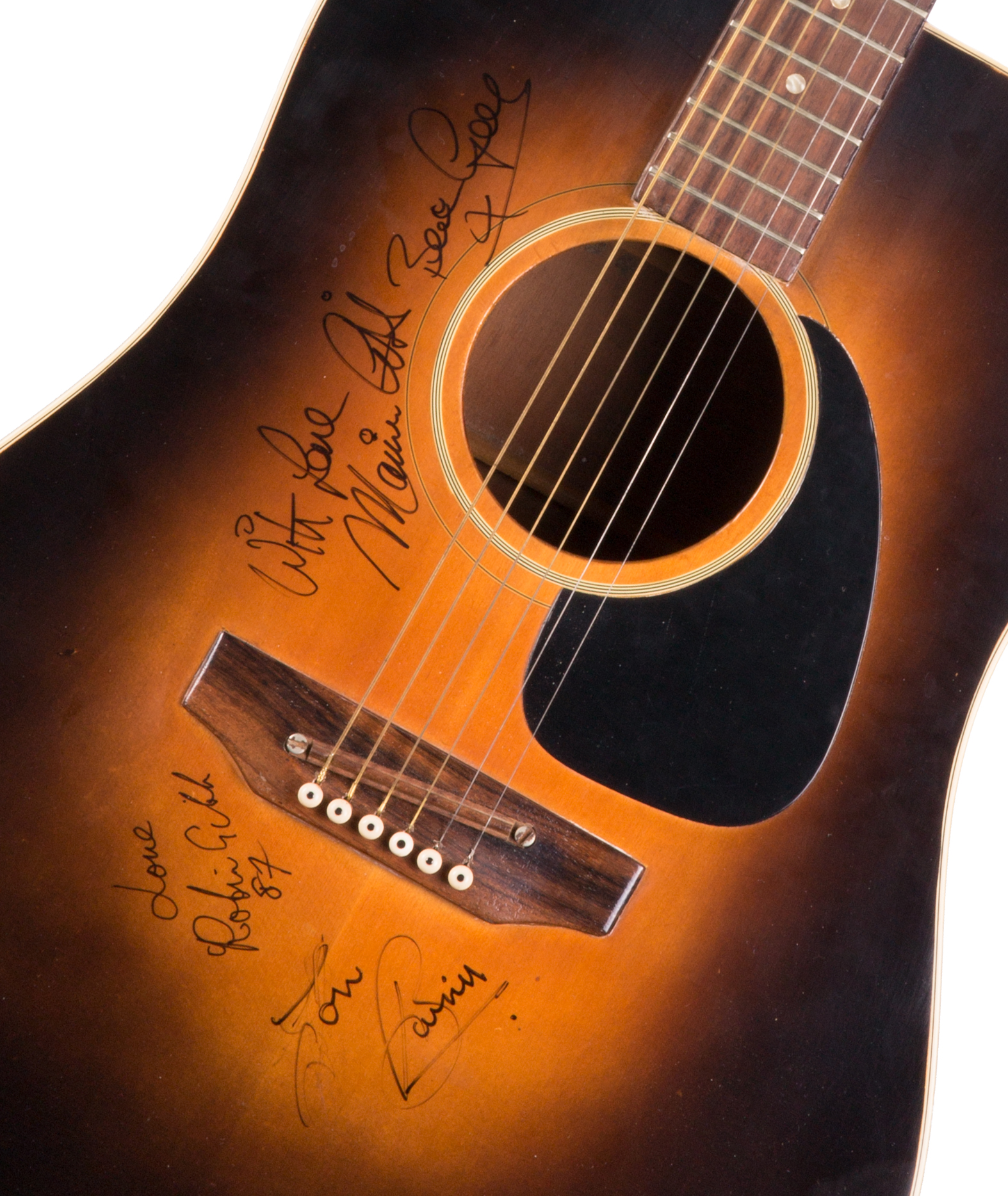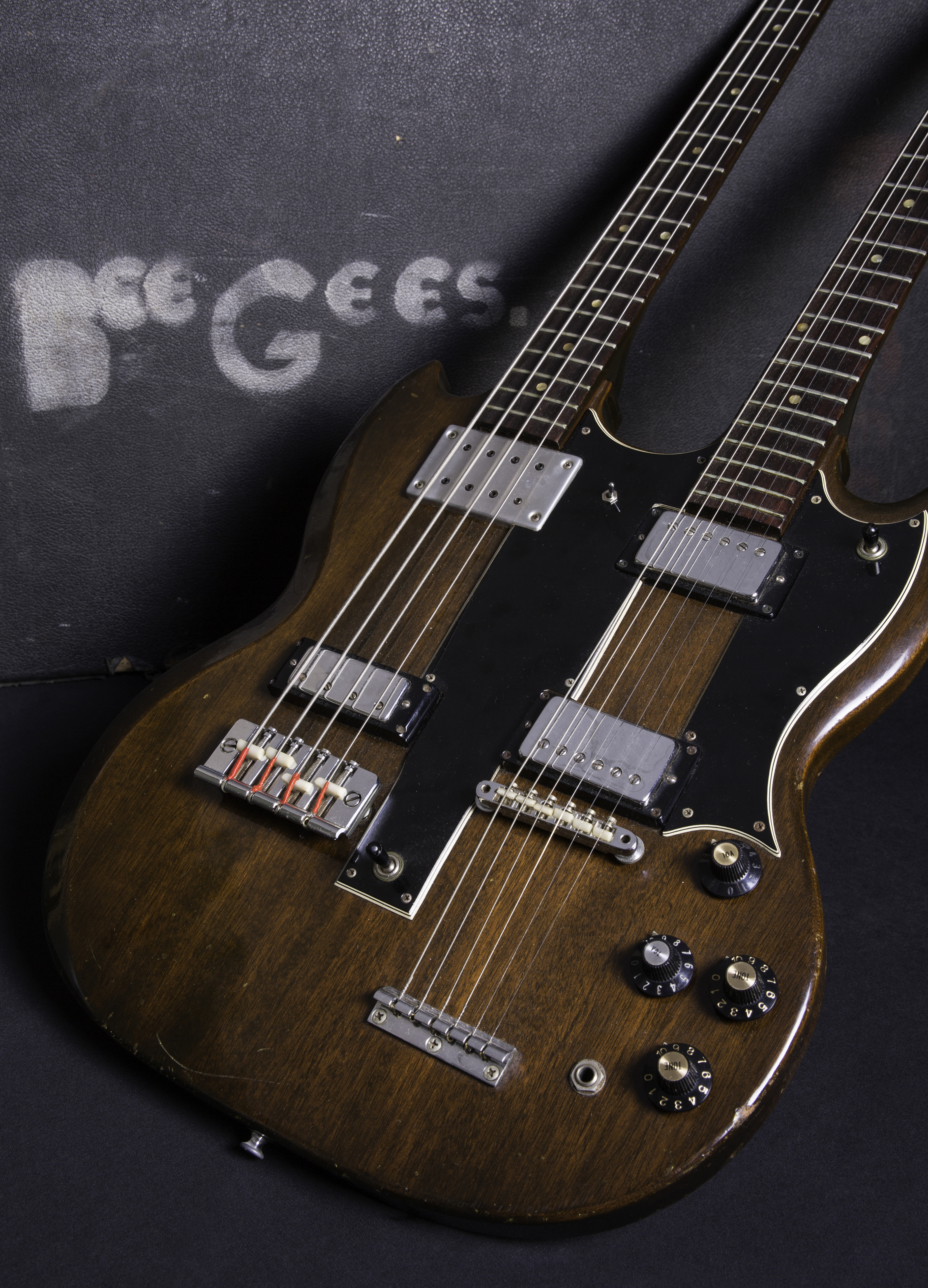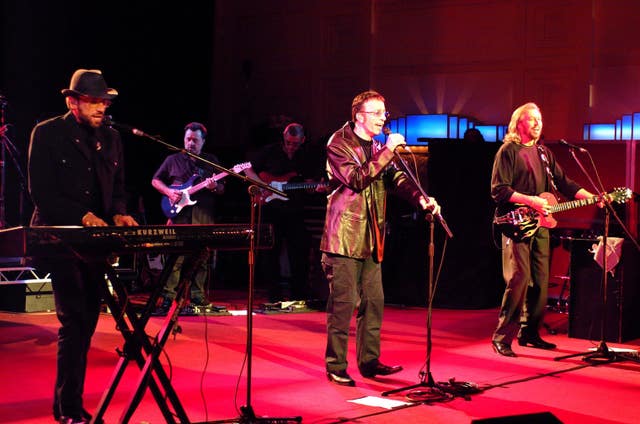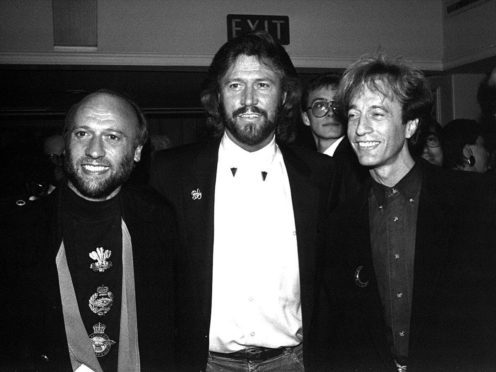The guitar that set the Bee Gees on the road to Saturday Night Fever and international disco stardom is to go under the hammer.
The Gibson J45 acoustic was used by Maurice Gibb to compose the band’s 1975 breakthrough disco hit Jive Talkin’, whose success led to the Bee Gees being offered the chance to contribute to the soundtrack of the hit 1977 film Saturday Night Fever.
It was the film’s soundtrack that breathed new life into the disco craze of the late Seventies and propelled the Bee Gees to global chart dominance.
Famously, Maurice, who died in 2003 aged 53, composed the track on the guitar after driving across a bridge in Florida and hearing the rhythm made by the car’s tyres on the road surface.

The guitar will be sold at Wiltshire-based auctioneers Gardiner Houlgate next month in what will be the UK’s largest ever auction of guitars.
Jive Talkin’ was the first single from the Bee Gees’ 1975 album Main Course, which marked the turning point in their career as they moved away from ballads, which were the hallmark of their early career, to disco.
The song was regarded as the Bee Gees’ comeback after a lull in popularity in the early Seventies.
In 1987, Maurice donated the guitar to BBC Radio 1 to give away as a prize on The Bruno Brookes show, for which it was autographed by all three Gibb brothers.
The prize winner subsequently sold the guitar on Channel 4’s Four Rooms show in 2014.

Also being sold is a second Maurice Gibb-owned guitar, an exceptionally rare custom-made 1968 Gibson EBS-1250 double-neck, which combines a bass and guitar into a single instrument.
The guitar was sold by Maurice in 1974 to another musician and collector, who has owned the guitar ever since. It is believed to be the only one of its kind made by Gibson in 1968.
Auctioneer Luke Hobbs said: “Bee Gees’ instruments are exceptionally rare and neither of these guitars has ever been offered for public auction before.

“We have great provenance on both. The J45 is well documented as the guitar on which Maurice Gibb composed Jive Talkin’. We’ve also got the letter from Radio 1 to the gentleman who won it.
“Maurice was photographed performing with the doubleneck and he can be seen playing it on stage in a video on YouTube.
“These guitars represent the two great phases of the Bee Gees’ career.

“The double-neck comes from the Sixties and early Seventies when they sang popular ballads; the J45 represents their comeback and the disco years.
“It’s not often you get to encapsulate a band’s career so succinctly in a single auction.
“We’ve over 400 guitars in September’s sale, making this the largest ever auction of guitars held in the UK, possibly the world. We’re expecting massive international interest.”
Both Bee Gees’ guitars are being sold by UK-based private collectors and each is expected to fetch over £10,000 when they are auctioned on September 12.
The Maton guitar used by George Harrison at the Beatles’ last appearance at Liverpool’s Cavern Club in 1963 will also be going under the hammer.
